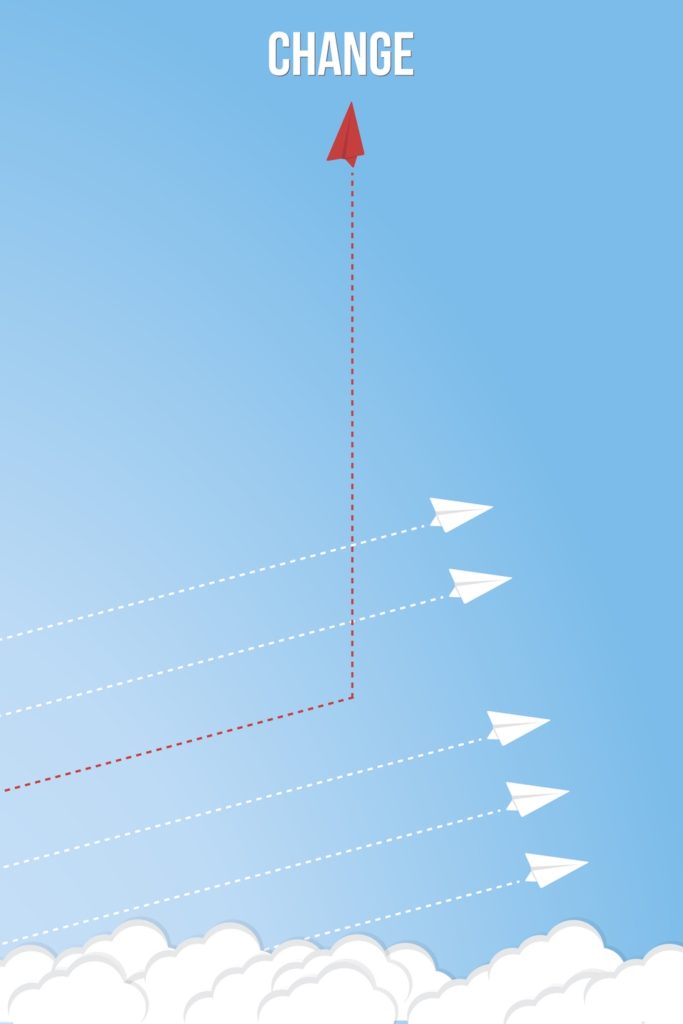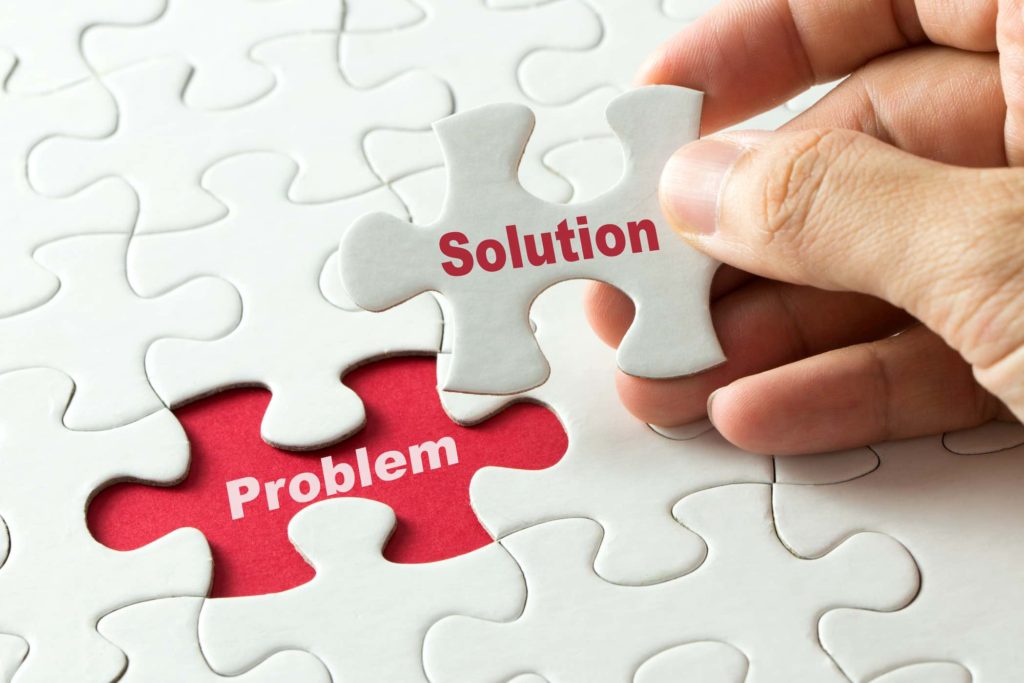Managers know their companies must grow. Investment capital is not easy to come by. Firms are reluctant to take risks. Your clients are economically stressed. Growth is hard, especially given today’s economic environment. Today’s managers have a problem. The status quo is not acceptable. They need innovative thinking to change the game. But not all innovations are the same. Sustaining innovation targets existing, high-end clients or customers demanding better performance than previously available. Disruptive innovation helps create a new market and value network. The types of innovation that you require will depend on the circumstances.

Established competitors usually win competitive battles over sustaining technology. Year over year they grind out incremental improvements. On occasion, they develop products that leapfrog beyond the competition. It doesn’t matter whether the innovation is technologically advanced. This strategy works for the incumbents because it results in better products that they can sell for higher margins to their best customers. Established competitors have the resources to maintain a pipeline of sustaining innovation. For many incumbents, sustaining innovation is like fixing defects – a cost a business as usual. But even for masters of this approach, there can be times when sustaining innovation is not enough. Customers or clients and the business environment may change (e.g., COVID) requiring managers to reassess their business models.
Disruptive Innovation
The term “Disruptive innovations” means inventing or reinventing business models. A technology that enables market disruptions is a disruptive technology. It is the business model and not the technology that enables and creates the disruptive effect. The market is the thing that is disrupted by innovation.

To change from sustaining to disruptive innovation, your focus should not be on the product or service currently being delivered. Rather, your attention should be redirected to the clients’ needs that the product or service attempts to meet. Disruptive innovators significantly alter and improve a product or service in ways that the market did not expect. This is innovation by thinking outside the box of existing product or service offerings. The effects of your successful disruptive innovation can be seen in two dimensions – the market structure and the product features. By discovering or segmenting a new category of customers or clients, the innovator disrupts the market structure. By altering the product or service features and quality the innovator disrupts industry cost structures.
Disrupters tend to focus on getting the business model, rather than merely the product, just right. Usually, this requires a maniacal focus on clients’ needs. Market segmentation then proceeds not merely on the basis of demographics, but also using psychographics based on clients’ goals in a particular context. As Zig Ziglar once opined, “You can have everything in life you want, if you will just help other people get what they want”. By market segmenting on the customers’ or clients’ needs, and the contexts in which those needs arise, marketing messages can be more precisely delivered. By refocusing on the customers’ / clients’ needs and context, new technologies or processes for satisfying those needs can be developed. To change from sustaining to disruptive innovation, you first need to resegment the market based on your clients’ needs and context, before working through the solution details.

Your first step to change from sustaining to disruptive innovation, then, is capturing the clients’ needs in a clear, unbiased, problem statement. Talking to clients and customers can provide insight into their perceived needs. Your discussions here are, unfortunately, often biased. The inherent bias comes from many sources – existing offers in the market, the clients’ or customers’ world view, etc. Additional observation approaches can help to develop a broader perspective. Refining these inputs into a clear problem statement can be a challenging, often iterative process. The iterations happen in conversation with clients or customers, but also in the analysis with reframing perspectives on the observations. With business model innovations, in particular, iterating through technical, legal, and business perspectives, can provide a broader perspective on the clients’ needs and context.
We can help!
Framing and reframing the problem from different perspectives can enable you to see past constraints. These constraints may not exist from a different perspective. Developing a client-centric, solution-agnostic problem statement can enable the needed creative thinking. You need a broader perspective of the clients’ problem to expose a wider variety of potential solutions. Our free Guide to Writing Problem Statements can help you get your clients’ needs problem statement right.
Whether you are a researcher, business professional, or social entrepreneur, the solutions you develop to the problems that you face matter! We’d like to hear your thinking on the most important challenges so you can think outside the box for your clients. We have a brief survey that should take less than 2 minutes of your time to complete. You can start right away by going to this link. I look forward to sharing these insights and resources with you.
A course on the use of perspective to refine problem statements is now available.
If you need help bringing the power of perspective to your clients’ needs problem statement contact me.
